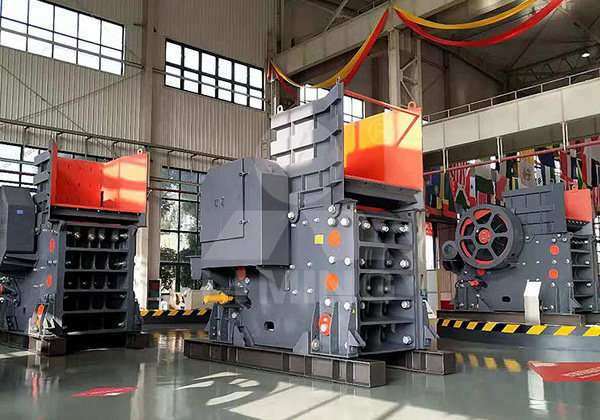Jaw crushers are fundamental equipment in the mining, construction, and recycling industries. As one of the oldest and most robust crushers, they are designed for primary crushing of a variety of materials, such as hard rock, ores, and aggregates. Over the years, innovations and advancements have been made to enhance their efficiency, performance, and sustainability.

1. Increased Efficiency and Throughput
Modern jaw crushers have witnessed significant improvements in throughput capacity. Traditionally, jaw crushers were limited by the speed at which the jaw plates moved and the force applied to crush materials. However, with the advent of advanced engineering and the development of more efficient drive mechanisms, the throughput of jaw crushers has significantly increased. This has been achieved through optimizing the crushing chamber design, reducing material wear, and integrating hydraulic adjustments for quick setup changes.
Manufacturers now focus on improving the jaw geometry and optimizing the stroke (distance the movable jaw travels) to handle larger feed sizes while maximizing crushing efficiency. These enhancements ensure that the crusher delivers higher output with minimal power consumption, making them more energy-efficient.
2. Automation and Smart Features
The integration of automation and smart technologies into jaw crushers has been a significant leap forward in recent years. Modern jaw crushers now feature automated control systems that optimize performance and increase productivity. Automation allows for real-time monitoring of crusher conditions, including parameters like speed, pressure, temperature, and power usage.
Some models are equipped with advanced sensors and machine-learning algorithms that automatically adjust settings to compensate for variations in material hardness and size. This smart adjustment not only maximizes productivity but also ensures a consistent product size while minimizing wear and tear on the machine.
3. Reduced Maintenance and Durability
Maintaining jaw crushers used to be time-consuming, as regular maintenance was essential to prevent downtime. The latest innovations focus on reducing wear and tear, extending the life cycle of the crusher, and reducing the need for frequent maintenance. This is accomplished by utilizing higher-quality, more durable materials for jaw plates and other critical parts.
For instance, manganese steel is commonly used for jaw plates, but recent innovations have led to the development of advanced wear-resistant materials, such as ceramic composite alloys. These materials offer superior hardness and durability, resulting in longer service intervals and reduced operating costs.
4. Sustainability and Eco-friendly Operations
Environmental concerns and the need for sustainability have driven innovations in jaw crusher design. Manufacturers are now more focused on producing equipment that minimizes environmental impact. Innovations in energy efficiency, noise reduction, and dust suppression are particularly crucial for operators working in sensitive environments.
Newer models are designed with noise-dampening features and incorporate dust control systems to reduce the emission of harmful particulates. Additionally, modern crushers are engineered to consume less energy and provide higher output per unit of power, which results in reduced operational costs and less energy consumption.
5. Compact and Mobile Solutions
In line with industry trends toward mobility and flexibility, jaw crushers are now more compact and portable. Mobile jaw crushers, equipped with tracks or wheels, offer exceptional mobility, making them ideal for on-site crushing in quarrying, mining, and demolition applications. These mobile units can be transported easily between job sites, minimizing the need for expensive stationary equipment.
Compact jaw crushers are also being developed with better mobility and faster setup times. These crushers are often integrated with screening systems, allowing for a complete crushing and screening solution on a single chassis.
Conclusion
The evolution of jaw crushers has been characterized by improved efficiency, reduced operational costs, and greater sustainability. With the continued focus on innovation, these crushers are becoming more versatile, reliable, and environmentally friendly, meeting the increasing demands of the modern mining and construction industries. As technology advances, jaw crushers will continue to play a pivotal role in the global aggregate and mineral processing industries, helping businesses meet productivity targets while reducing their ecological footprint.
